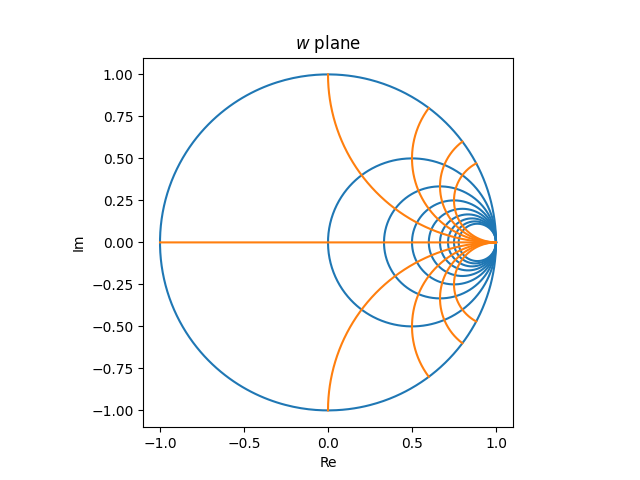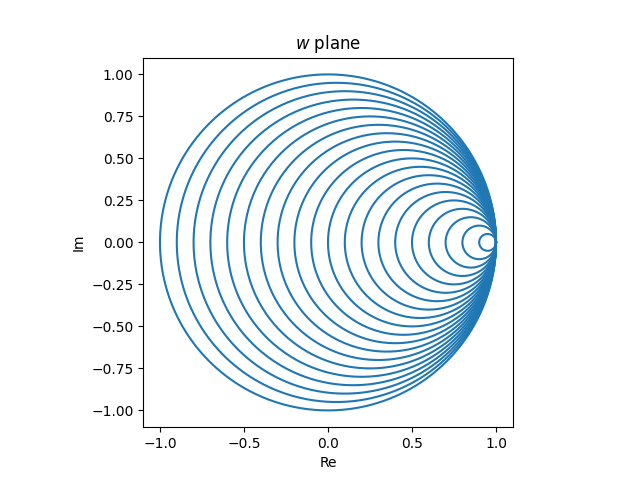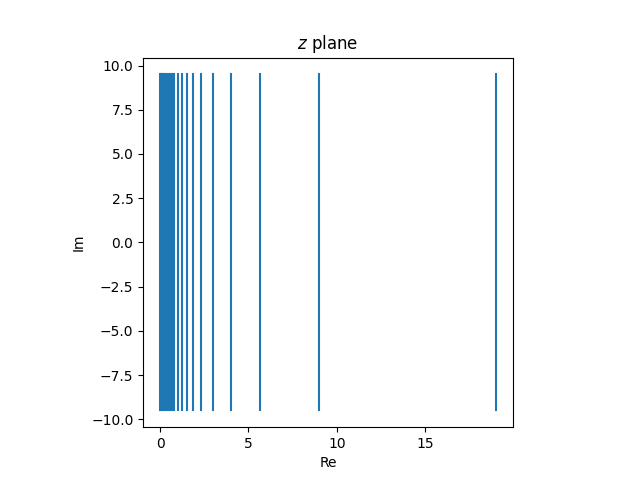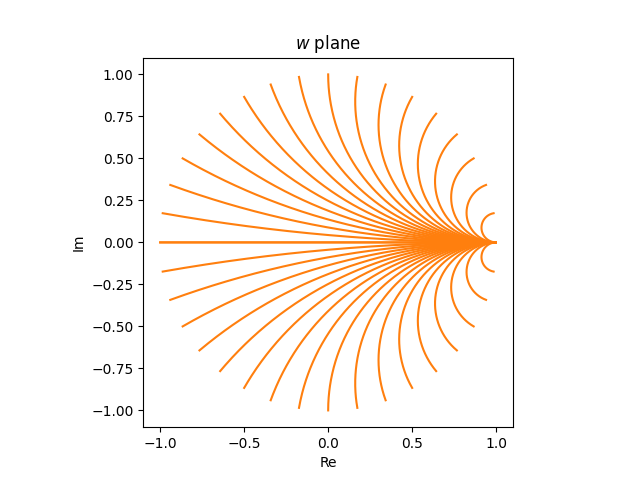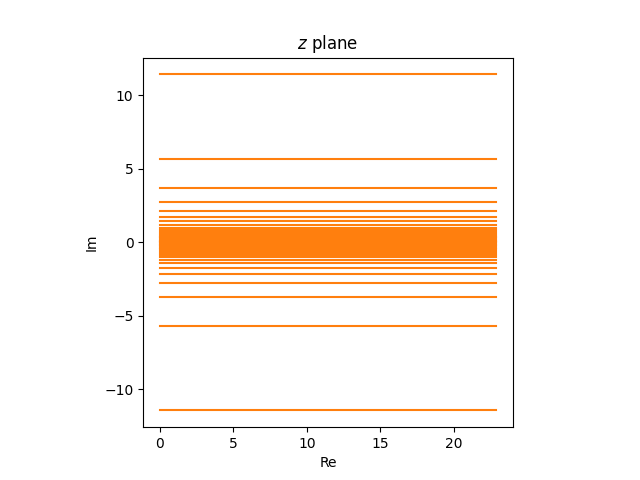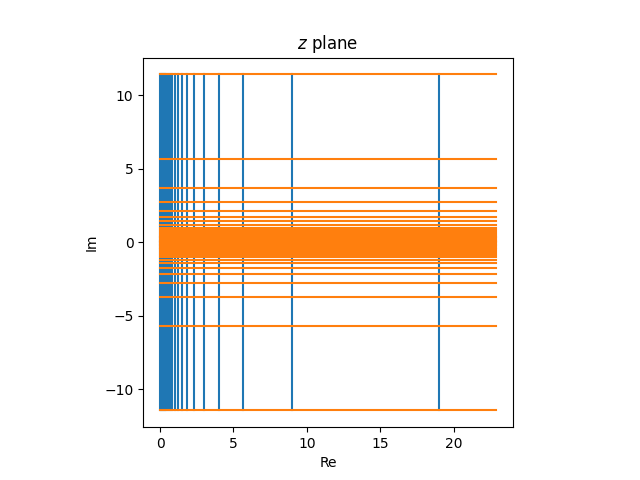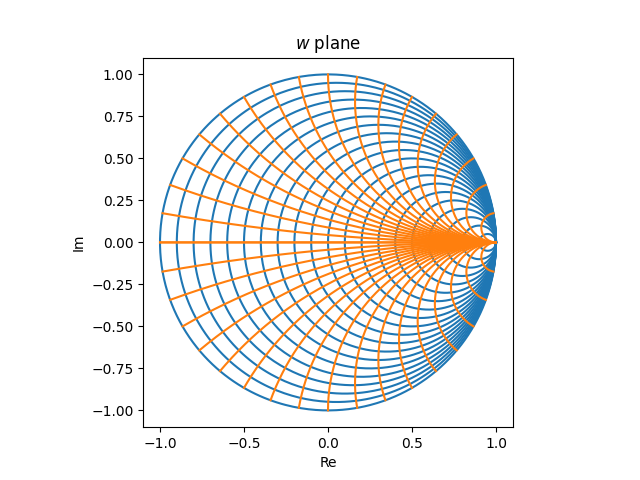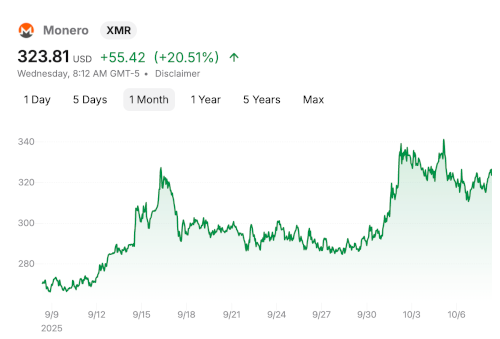The high-level explanation of a blockchain says that each block contains a cryptographic hash of the previous block. That’s how the blocks are chained together.
That’s not exactly true, and it leaves out a lot of detail. This post will look in full detail at how Bitcoin blocks are chained together by inspecting the bits of two consecutive blocks. Looking at the low-level details reveals that some statements, like the paragraph above, are simplifications and half-truths.
For the purpose of this post, I downloaded two blocks that were added to the blockchain overnight, blocks 920993 and 920994, and saved the blocks in the binary files 920993.dat and 920994.dat.
Hashing headers
According to the simplistic description, the hash of block 920993 should be contained in block 920994. That’s not correct. We will see that the hash of the header of block 920993 is contained in block 920994 [1].
What exactly is the header?
You may hear that the header of a Bitcoin block is the first 80 bytes. That’s also not quite true. The first 4 bytes of a (production) Bitcoin block are the magic number 0xf9beb4d9. This is number chosen by Satoshi with no apparent significance, a random number unlikely to conflict with anything else. Blocks used in test versions of the blockchain begin with different magic numbers.
The next 4 bytes represent the size of the block as an unsigned integer in little endian layout. The magic number and the block size form a sort of pre-header 8 bytes long.
The API that I used to download the blocks does not include the pre-header, so the header is the first 80 bytes of the files I downloaded, though strictly speaking headers are bytes 9 through 89 of the full block.
We can see a hex dump of the header of block 920993 by running
xxd -l 80 920993.dat
which shows us the following.
00e0 ff3f e31d 6937 0e1c dba2 5321 5546
0ecc 00bf 678c a2e1 255e 0100 0000 0000
0000 0000 996f 2b91 fefc dc17 e530 6c70
9672 af27 4361 7608 1ded fde3 1157 10a5
200f 0f83 7022 ff68 21eb 0117 96f2 fbb6
How to hash?
OK, so we’re supposed to hash the header. What hash function should we apply? Bitcoin uses double SHA256,
SHA256²(header) = SHA256( (SHA256(header) )
We can compute this with openssl by running
head -c 80 920993.dat | openssl dgst -sha256 -binary | openssl dgst -sha256
Note that the first invocation of openssl dgst uses the option -binary, instructing the software to pass the raw bytes to the rest of the pipeline rather than display a text representation. The last part of the pipeline does not have that option because we want a human-readable representation at the end. The output is
c2dfb57ef58275c27a6433c5edfddfc1af6ab9ae708c00000000000000000000
Note that there are a lot of zeros on the end of the hash. That’s not a coincidence. More on that later.
Header of the next block
In the previous section we found the hash of block 920993, and we expect to see it inside the header of block 920994.
xxd -l 80 920994.dat
we can see that the header of block 920994 contains the following.
0000 002e c2df b57e f582 75c2 7a64 33c5
edfd dfc1 af6a b9ae 708c 0000 0000 0000
0000 0000 bb15 accc 8940 3811 0b9b e1cf
b125 c0fa a65e fb1b 2fa4 61ed 989f 8d6f
e41e 04cf 5522 ff68 21eb 0117 f2bc ab1a
The first 4 bytes (8 hex characters) are a version number, and following the version number we see the hash we were looking for.
Byte order
Why all the zeros in the hash of the block header? That’s a result of the proof of work problem that had to be solved in order to add block 920993 to the blockchain. Bitcoin miners tweak the details of the block [2] until they create a block whose hash begins with the required number of 0 bits [3].
But the hash value above doesn’t begin with zeros; it ends with zeros. What’s up with that?
The Bitcoin header and openssl dgst both display hashes in little endian order, i.e. the reverse of what you’d expect from a positional number system.
Related posts
[1] But if you only hash the header, couldn’t someone change the rest of the block? No, because the header contains the Merkle tree root. If someone changed a bit in the body of the block, that would change the Merkle tree root, which would change the header, which would change its hash.
[2] They don’t change the substance of the transactions, but they can change the order in which the transactions are included. And there’s a nonce value that they can change too. The only known way to produce a given number of zeros is by trial and error, and so this takes a lot of work. Having a block with the right leading zeros in its hash proves that you’ve put in the work, hence proof of work.
[3] This is another simplified half-truth. You don’t need to produce a certain number of leading zeros per se; you need to find a hash value less than a target value, and the target value is not in general an exact power of 2.

